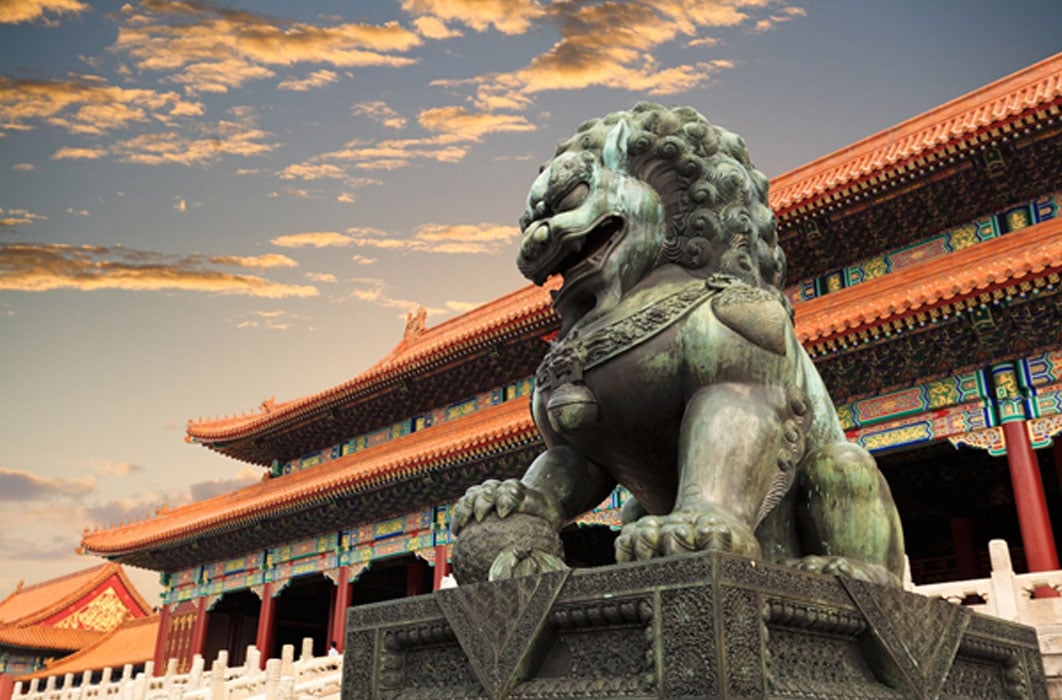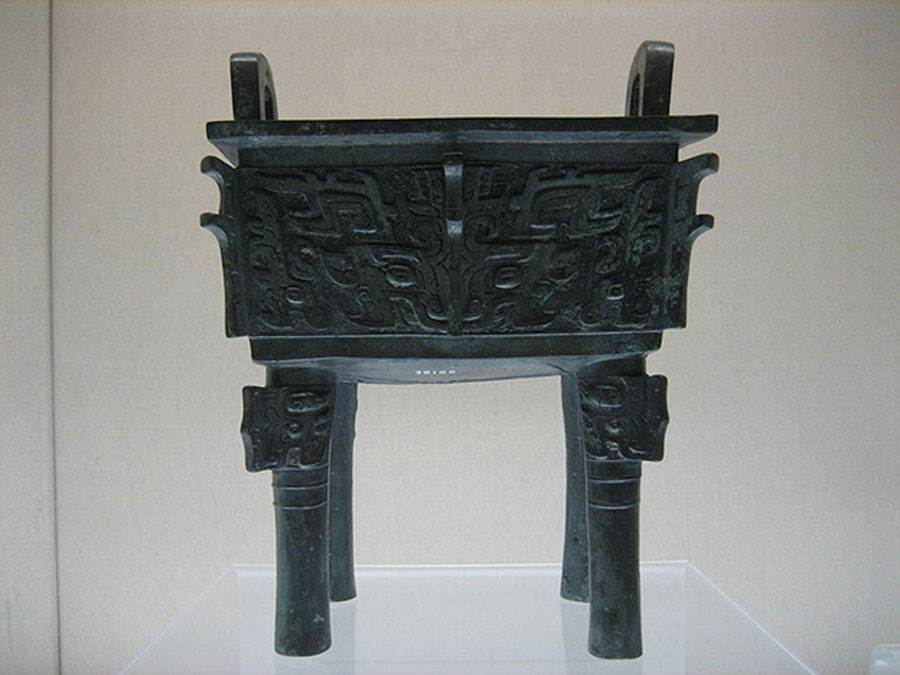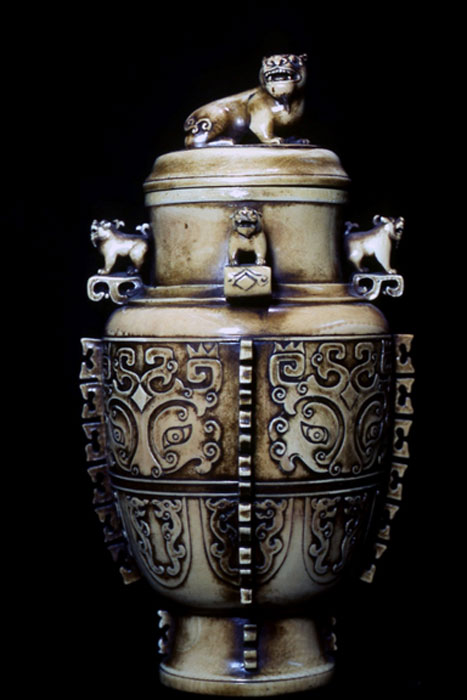
Chinese Fantastic Beasts: The Taotie Demon Who Eats Humans
A strange animal that preys upon unsuspecting travelers, who devours them but cannot swallow them, may be representative of the human sin of gluttony, as the taotie, a Chinese mythological fantastic beast seems to symbolize. This strange creature has remained consistent through 5,000 years in art, but its origins still puzzle historians.

Jade cong vase with depiction of taotie demon on its corners from Liangzhu culture, (3300 - 2200 BC.) lower Yangzi River Valley (CC BY-SA 2.5)
The Taotie in History
Numerous creatures appear in Chinese literature and art, including the winged lion and the qilin (unicorn), dragons like the jiaolong, shenglong, and tianlong, and mythological birds like the sanzuwu, jingwei, and peng. All such creatures are typically grouped under the same title, pixiu (pi hsieh), which is generally transliterated into English as ‘fabulous’ or ‘fantastic’ beasts, even though the pixiu originally referred to a specific creature resembling a luck-bringing winged lion whose counterpart in the Western world is the chimera. Among such fantastic beasts is a demon called taotie (t’ao-t’ieh) whose existence has puzzled historians. The name translates to ‘glutton’ and its depiction appears on vases, censers, pots, and fangding (square vessels) that are more than 5,000 years old, and throughout the centuries, the creature’s portrayal has been remarkably consistent.

Late Shang Period (1600 - 1046 BC) fangding (Shanghai Art Museum / CC BY-SA 3.0)
The images of a Liangzhu (3400 - 2250 BC) vase from the Yangtze River Delta; a Shang period (1600 - 1046 BC) square vessel most likely used for ceremonial purposes; and a modern ivory vase which also has a stylistic depiction of the taotie, clearly show that the demon’s depiction has not changed substantially in the last 5,000 years. But what is this creature’s origin?

Ivory vase with cover, after the ancient bronze Hu. Displaying the taotie (t’ao-t’ieh) and lions in its design. Chinese, contemporary. (Image: © Walther G. von Krenner)
Origin of the Taotie
Legends usually point at truth. They are never just fanciful stories created to amuse the masses. They serve a greater purpose. In some cases, myths describe actual phenomena that cannot adequately be explained, such as sightings of unusual creatures, the creation of the world itself, or environmental occurrences. Sometimes they serve to legitimize religious rituals and justify their underlying beliefs, or to teach moral lessons and thereby encourage ethical behavior. No matter what, myths and legends should never be dismissed as mere fiction. They should be studied, and if their origins can be discovered, their cultural significance throughout the ages becomes clear. When looking at the stylized images of taotie as they appear on artwork, it is difficult to perceive its fangs, bristly fur, and rapacious claws, but if the term is typed into an online search engine, various images appear: those that portray the beast as something similar to a werewolf, others that depict it as a ferocious dragon-like creature, and still others that portray it as chimerical, having the combined attributes of diverse creatures, and while all such depictions are fantastic fodder for modern horror stories, video game characters, and movies, the true origin of this unusual beast is even more interesting.




